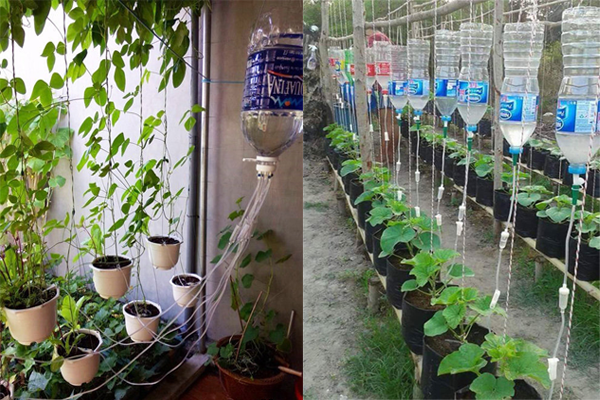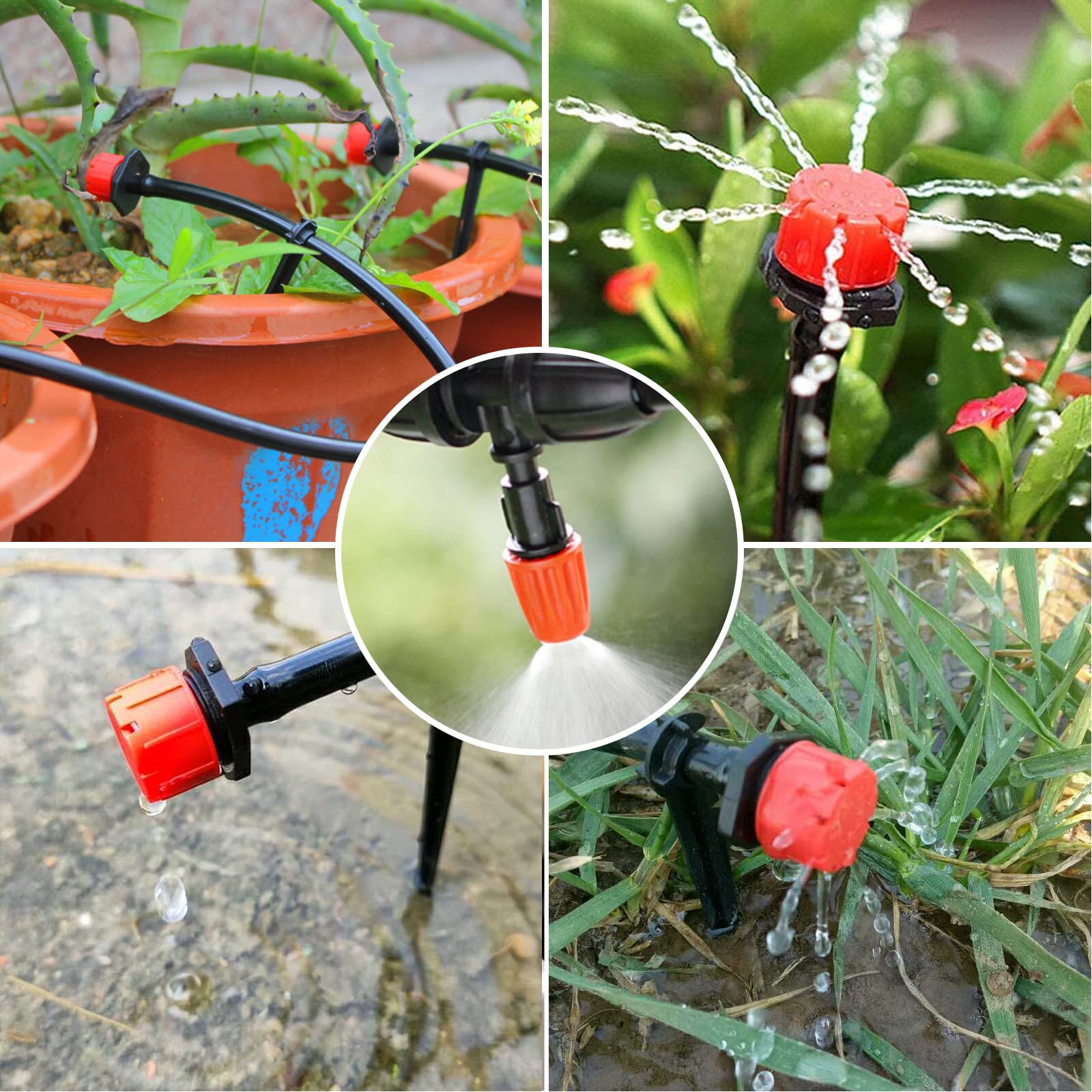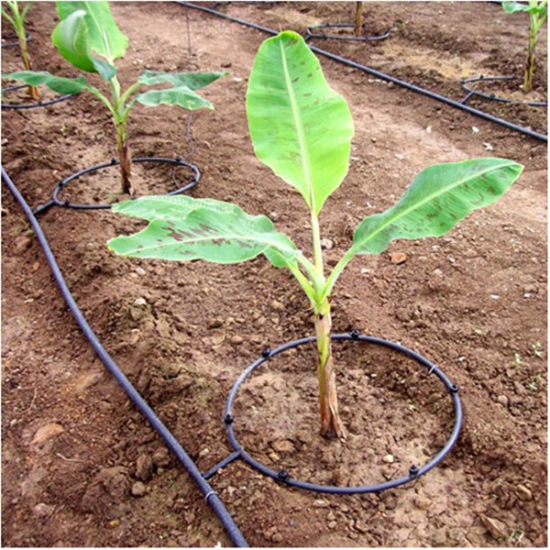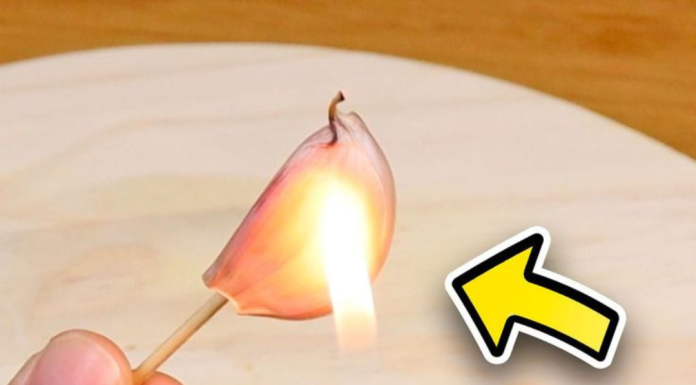Comprehensive Methods and Tips
Proper watering is essential for the health and productivity of fruit trees. Drip irrigation, a precise and efficient watering method, offers a solution tailored to the specific needs of orchards. This article explores the methods and practical advice for implementing a drip irrigation system for fruit trees, providing a clear roadmap to optimize your orchard’s watering regimen.

Understanding Drip Irrigation
Drip irrigation delivers water directly to the plant’s root zone at a slow, consistent rate. This method minimizes water wastage, suppresses weed growth, and ensures optimal soil moisture levels—crucial for fruit trees with deep root systems.
Benefits of Drip Irrigation for Fruit Trees
- Efficiency: Drip irrigation is up to 90% efficient, drastically reducing water waste compared to conventional methods.
- Healthier Trees: Direct watering at the root zone fosters robust root development and lowers the risk of leaf diseases.
- Water Conservation: It utilizes water judiciously, making it ideal for regions facing water scarcity.
- Time-Saving: Once set up, the system automates watering, saving both time and effort.

Setting Up Your Drip Irrigation System
Materials Needed:
- Drip tubing or soaker hoses
- Emitters (1-4 gallons per hour rate)
- Backflow preventer
- Pressure regulator
- Filter
- Tubing stakes
- Drip irrigation timer (optional but recommended)
Step-by-Step Installation:
- Planning Your Layout: Assess your orchard layout and tree species to determine emitter placement and spacing.
- Installing the Main Line: Connect the main water source to a backflow preventer, pressure regulator, and filter.
- Laying Out the Drip Tubing: Position drip tubing in loops around the base of trees, securing it with stakes.
- Attaching Emitters: Install emitters near each tree’s base, adjusting the quantity based on tree size and water needs.
- Connecting to Water Source: Attach the drip tubing to the main line, ensuring tight connections.
- Testing the System: Flush the system to remove debris and check emitter performance.
- Mulching: Apply organic mulch to conserve moisture and regulate soil temperature.
- Scheduling Watering: Use a timer to schedule watering during optimal times and adjust based on seasonal requirements.
Maintenance and Tips
- Regular Checks: Inspect the system monthly for leaks and clogged emitters.
- Seasonal Adjustments: Modify watering schedules to accommodate changing weather and tree growth.
- Winterization: Drain the system before winter to prevent freezing damage.
- Watering Depth: Aim for deep, infrequent watering to encourage deep root growth.
Drip irrigation revolutionizes orchard management, offering a sustainable approach to ensure fruit trees thrive while minimizing water usage. By following these detailed guidelines and tips, you can establish a system that supports the long-term health and productivity of your orchard, yielding fruitful rewards for years to come.










